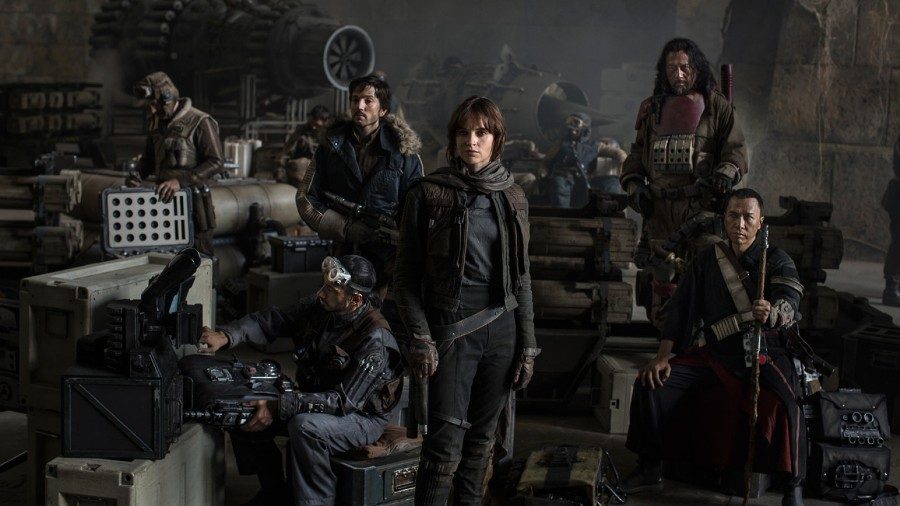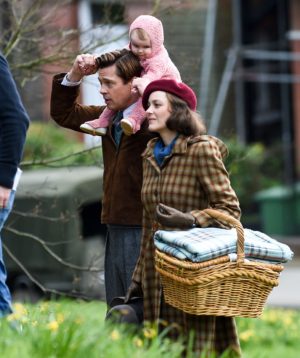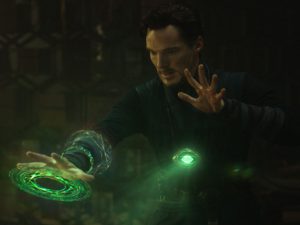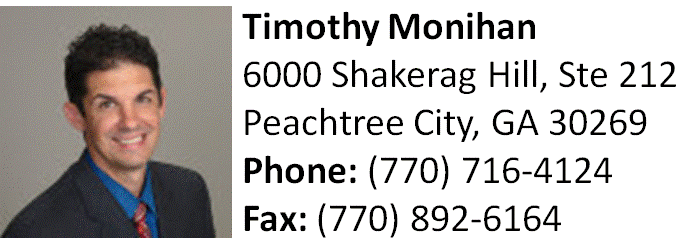‘Rogue One’ reaches for the stars, but doesn’t make it to light speed
Jyn Erso (Felicity Jones) and Cassian Andor (Diego Luna), along with their fellow insurgents, prepare to recover the plans of the enemy space station, the Death Star. Despite having a promising initial plot, the film is confused in regards to story and characters.
January 13, 2017
The “Star Wars” saga has enchanted fans since its initial release in 1977. After the first film of the sequel trilogy, “Episode VII: The Force Awakens,” was released, not only did Lucasfilm and Disney enjoy a smashing box office success, but the franchise also experienced a resurgence in popularity. Riding this wave, plans were made for anthology films, the first of which is “Rogue One: A Star Wars Story,” released Dec. 16, 2016.
The stand-alone flick takes place immediately before the events of the first “Star Wars” film, “A New Hope.” A fresh group of characters, all unified under the cause of the Rebel Alliance, seek out the blueprints of the imperial space station the Death Star. Among them are Jyn Erso (Felicity Jones), the criminal and daughter of the Death Star architect, and Cassian Andor (Diego Luna), the devoted captain of the rebellion. Along the way, they meet imperial pilot and defector Bodhi Rook (Riz Ahmed), as well as Chirrut Îmwe (Donnie Yen) and Baze Malbus (Jiang Wen), the guardians of a temple on the desert moon Jedha.
The premise has merit. It provides a way to tie up loose ends from the original films but also explore the “Star Wars” universe in a new way without the pressure the sequels carry. “Rogue One” certainly follows through on some of its promises; unfortunately, they aren’t the ones that actually matter.
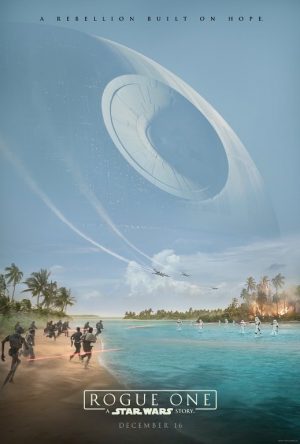
Take, for example, the signature “Star Wars” fast-paced space battles. “Rogue One” certainly has plenty, and they’re well done. Yet most of these high-intensity, well-crafted, scenes are in the final act, with the first hour and a half consisting of conversations in ambiguous, darkly lit settings and nondescript space travel. This sort of exposition isn’t inherently bad, and the argument could be made that what made the original films great was anything but the action scenes. So why is the first portion of “Rogue One” so boring? Plainly, the film has a near complete aversion to two things: character development and story development.
This inability to create compelling characters can be seen most when it comes to Jyn Erso, the main protagonist. She is introduced immediately to viewers, complete with her own tragic backstory. For the sheer amount of screen time this character received, one would assume she would garner some interest from viewers. The exact opposite transpires, and Jyn comes off as strangely bland. She was emphasized in promotional material as a no-nonsense renegade, but nothing of the sort is seen in the film. Her lack of necessity to the plot and absence of personality make her far too uninspired for a main character.
On the other hand, Captain Cassian Andor, the other lead or Rogue One, held much more promise than Jyn but this character’s depiction suffered similarly. Diego Luna’s performance added depth to a script almost entirely devoid of it, making Cassian’s scenes somewhat entertaining. There is something of an arc, wherein Cassian evolves from a morally ambiguous pawn of the rebellion to an independent, albeit equally devoted, agent of the cause. Was it his eye-opening experience from getting to know Jyn that facilitated this change? There’s one scene in particular that comes to mind when considering this postulate. Jyn is accusing Cassian of trying to kill her father and blindly following orders. Full of rage, Cassian reveals a backstory of his own, saying, “We don’t all have the luxury of deciding when and where we want to care about something. Suddenly the rebellion is real for you? Some of us live it. I’ve been in this fight since I was six years old.” This scene hints at a film that audiences will never see, where the relationship of Jyn and Cassian takes center stage. “Rogue One” isn’t that film.
Bodhi Rook, Baze Malbus, and Chirrut Îmwe make up the rest of the team. The real tragedy of this group is lost potential. The snapshots of Bodhi we saw echo a quirky, lovable pilot who simply wants to do the right thing. Chirrut leaves quite an impression as well, showing us a different side of the Force. Along with his much less idealistic companion Baze, there could have been much more lighthearted back and forth and time to get to know these characters.
The villains in “Rogue One” don’t come across much better. The presence of Darth Vader in the film lacked any sort of subtlety, especially in the character’s first appearance. He comes across as very gimmicky and a blatant use of fan service, which is a shame for such an iconic character. Everyone’s favorite sith even gives viewers the cringe-worthy line, “Don’t choke on your aspirations.” The odd use of wordplay is spoken to Orson Krennic, the Death Star-obsessed, power-hungry antagonist of the film, as well as one of the better characters. That being said, Krennic’s arc certainly can’t make up for the abysmal development of the protagonists.
It can be hard to pinpoint where a film goes wrong with character development. Bad dialogue certainly contributed, as most lines were stale and predictable, but the story would have to be reworked much more to allow “Rogue One” to shine. The tyranny of the empire, the political inner workings of the rebellion, and the harsh reality of war were all themes that could have been emphasized far more. There needed to something beyond just finding the Death Star plans, an underlying story. Walking away from “Rogue One,” that story isn’t clear.
In the technical department, the film is a mixed bag. “Rogue One” benefits aesthetically from a $200 million budget, but some of the of the choices made won’t appeal to all fans. CGI was used in a few instances to recreate old characters, but even the best effects couldn’t keep these scenes from entering the uncanny valley. Reshoots in the first section of the film make sequences very choppy. “Rogue One” does, however, do a good job of combining the old and the new, specifically with regard to sets. This facilitates a seamless introduction to the imagery of “A New Hope” while maintaining the polished look of a 2016 feature film.
“Rogue One” attempted a new direction, but all things considered, played it safe. There were many worthwhile resources available, including a great cast and a top-notch studio, but the creators of “Rogue One” made the mistake of believing that “Star Wars” is universally enjoyed because of the spectacle, when in reality all that ever made it brilliant were the charming characters and captivating story.


